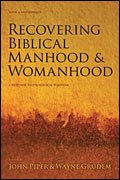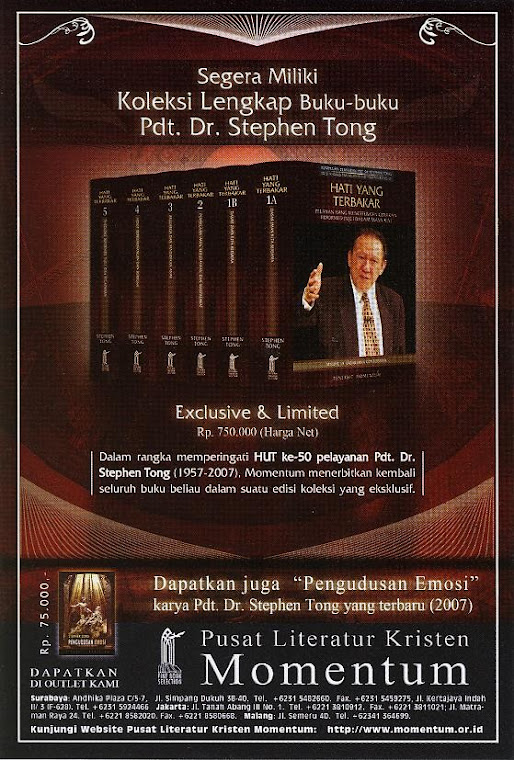15 August 2013
Book Description-231: THE MAKING OF THE NEW TESTAMENT (Prof. Arthur G. Patzia, Ph.D.)
As Christians, we believe of the inerrancy and infallibility of the Holy Bible as the Word of God. In the Bible, there are 39 Old Testament books and 27 New Testament books. Especially New Testament, we believe that New Testament books are not dropped from heaven. So, how can we know that our New Testament is true and appropriate with the original text (autograph)?
Get the answer in the:
Book
THE MAKING OF THE NEW TESTAMENT:
Origin, Collection, Text, and Canon
by: Prof. Arthur G. Patzia, Ph.D.
Foreword: Prof. George R. Beasley-Murray, Ph.D., D.D.
(former principal of Spurgeon's College, London and senior professor of New Testament interpretation at Southern Baptist Theological Seminary in Louisville, Kentucky, from 1980 until he retire who earned Bachelor of Divinity—B.D. from University of London; Master of Arts—M.A. from University of Cambridge; Doctor of Philosophy—Ph.D. from University of London. He was awarded Doctor of Divinity—D.D. from University of London.)
Publisher: InterVarsity Press, Downers Grove, Illinois, 1995
In the first chapter in this book, Dr. Arthur G. Patzia explains about the literary world of the New Testament, such as The Hebrew Scriptures, Apocrypha, Pseudepigrapha, The Dead Sea Scrolls, and Greco-Roman Literature. In the next 3 chapters, he explains about the Gospels, the Pauline literature, and other New Testament literature. In first two explanation, he tells us about the development of oral tradition until the written text. In other New Testament literature, he explains about the contents and various opinions about the acceptance of The Acts of the Apostles, The Catholic Letters (1 Peter, 2 Peter, and Jude), Hebrews, and The Johannine Literature (The Epistle of John and The Revelation to John/the Apocalypse). After that, he explains about the criteria of canonicity, such as the authority of Jesus, apostolicity, usage in the church (universal), orthodoxy, and inspiration. In this chapter, he also explains about the arrangement of the New Testament books in some codices. In chapter 6, he tells us about the process of writing, copying, and transmitting the New Testament manuscripts, such as materials for writing (papyrus, parchment, pens, and ink), the form of books (roll, codex), font forms of NT manuscripts (uncial and minuscule), some contraction from that Koine Greek font forms, and the process of transmitting the NT from the autograph to the modern NT texts in our languages. Then, how can we know that our NT texts nowadays is appropriate with the autograph? In the last chapter, Dr. Patzia tells us about the textual criticism which involves: many textual variants which are unintentional and intentional variants and how to evaluate the evidence to seek the original meaning of the text. After that, he inserts 5 appendices to explain: canon of the Old Testament, significant leaders of the Early Church, early and later canonical lists of the NT, and early manuscripts containing the NT. For layperson Christians, I recommend this book as the quite complete introductory studies of the New Testament.
Biography of Dr. Arthur G. Patzia:
Prof. Arthur G. Patzia, B.A., B.D., Th.M., Ph.D. is Senior Professor of New Testament at Fuller Theological Seminary, U.S.A. He retired from active teaching in 2007 and now resides in Pasadena, continuing to teach as an adjunct for Fuller in Pasadena and at other regional campuses. He earned Bachelor of Arts (B.A.) from University of Manitoba; Bachelor of Divinity (B.D.) from North American Baptist Seminary; Master of Theology (Th.M.) from Princeton Theological Seminary; and Doctor of Philosophy (Ph.D.) from McMaster University. He did Postgraduate Work at University of Göttingen, Germany. He is a distinguished scholar, having authored numerous publications in New Testament studies including the commentary Ephesians, Colossians, Philemon (1990); The Making of the New Testament (1995), also translated into Greek and Korean; The Emergence of the Church (2001); Pocket Dictionary of Biblical Terms (1998) with A. Petrotta, also translated into Portuguese, Dutch, Romanian, and Russian; and numerous articles in Biblical dictionaries. Patzia is currently working on a second revised edition of The Making of the New Testament, due for release in early 2011.
Subscribe to:
Comments (Atom)





